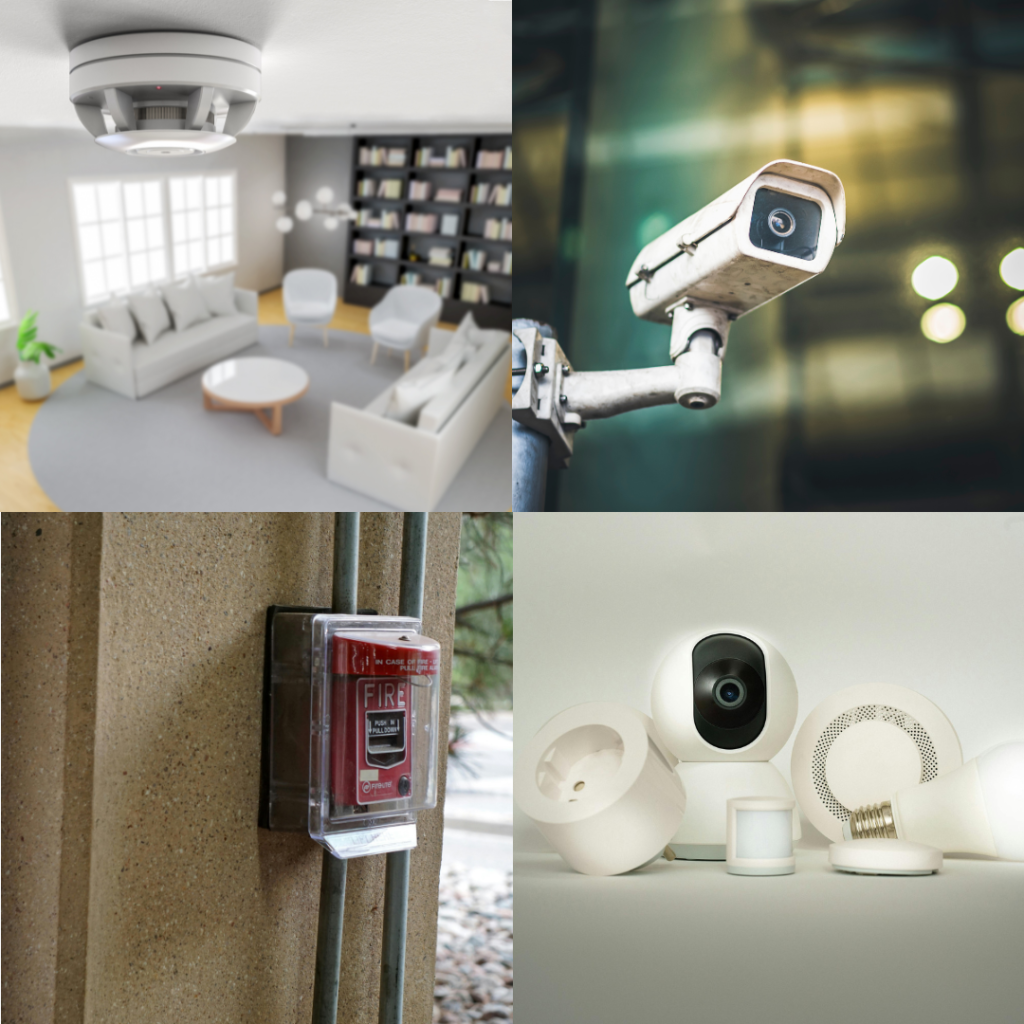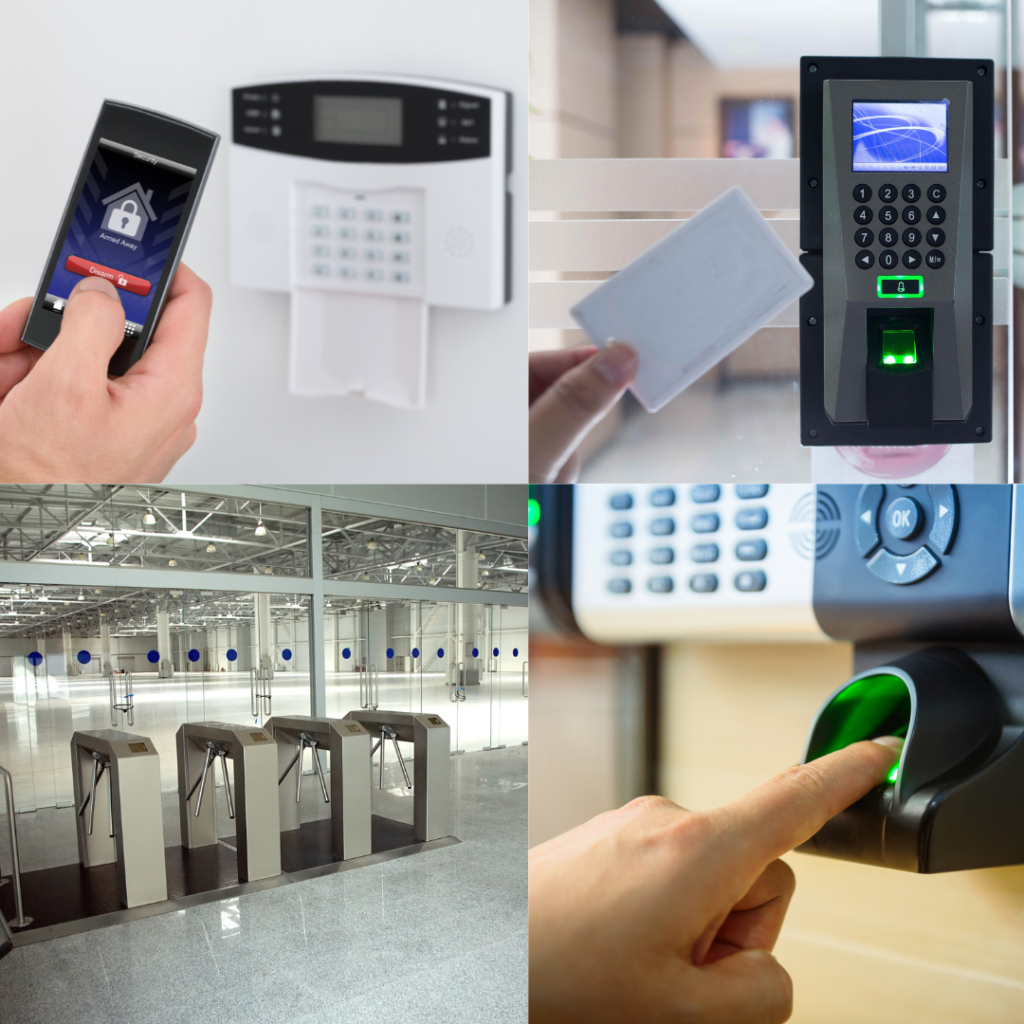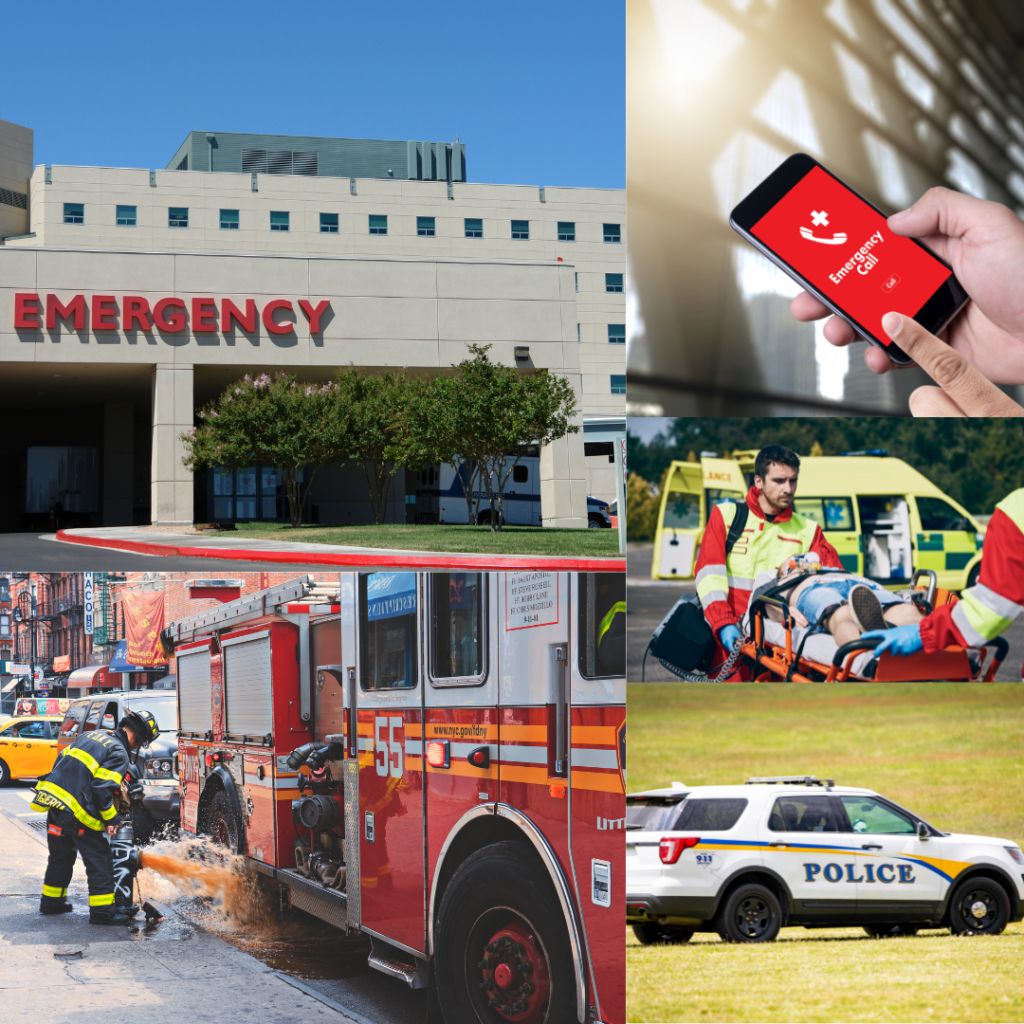How Electronic Security Systems Help in Emergency Situations and Disaster Management
Introduction
In today’s fast-paced and unpredictable world, emergencies and disasters—whether natural or man-made—can happen without warning. Having an advanced electronic security system is not just about protection; it’s about preparedness, quick response, and minimizing damage.
At Alviz Electro India Pvt. Ltd., we understand the importance of reliable electronic security solutions to safeguard people, property, and information during emergencies. Here’s how these systems play a crucial role in disaster management

1. Early Detection and Immediate Alerts
- Modern electronic security systems like CCTV cameras, intrusion detectors, fire alarms, and glass-break sensors can detect emergencies in their early stages.
- Whether it’s an unauthorized access attempt, a sudden fire, or suspicious movements, the system triggers instant alerts to security personnel and management.
- Early detection ensures there is more time for evacuation, containment, or countermeasures, helping to save lives and protect assets.

2. 24/7 Remote Monitoring
- With advancements in technology, today’s security systems offer round-the-clock remote surveillance via mobile apps, desktops, or monitoring centres.
- Even in extreme situations like floods, earthquakes, or fires, where on-site monitoring becomes risky or impossible, remote monitoring ensures continued oversight.
- Real-time video feeds and system status updates allow authorities to make quick, informed decisions without delay.

3. Integrated Access Control Systems
- During an emergency, managing who can enter and exit certain areas becomes critical.
- Electronic access control systems restrict unauthorized access automatically and direct occupants towards safe exits.
- In case of a disaster like a fire or a security breach, automated doors can unlock or lock down specific zones to enhance evacuation or containment efforts.

4. Faster Emergency Response Coordination
- Many modern security systems are integrated directly with local emergency services like police, fire departments, and hospitals.
- When a system detects a critical threat, it can instantly alert these agencies, speeding up their arrival on the scene.
- Quick communication between security teams and first responders can dramatically reduce the damage and improve survival rates.
5. Real-time Communication and Mass Notification
- Public Address (PA) systems, digital signage, and mass notification systems become extremely valuable during emergencies.
- These systems help broadcast clear instructions, emergency warnings, evacuation routes, and safety tips across large buildings or campuses.
- Real-time updates reduce confusion, prevent panic, and guide people safely out of harm’s way.
6. Fire and Smoke Detection Systems
- Fires can escalate quickly, turning a manageable situation into a catastrophe.
- Advanced fire alarms, smoke detectors, gas leak sensors, and automatic sprinkler systems detect hazards early and act promptly.
- Immediate alarms alert occupants, and automated sprinklers help in controlling the spread of fire before the fire department arrives.
7. Enhanced Situational Awareness
- High-definition video surveillance provides real-time insights into the ongoing emergency.
- Security teams and first responders can monitor crowd movements, identify bottlenecks, detect injured individuals, and assess structural damage.
- This situational awareness helps in better decision-making, safer evacuation strategies, and overall more effective crisis management.
8. Data Logging and Evidence Collection
- Security systems maintain detailed logs, videos, and reports of events before, during, and after an emergency.
- This information is invaluable for post-event analysis, insurance claims, legal investigations, and improving future emergency response plans.
- Recorded evidence can also highlight vulnerabilities that need to be addressed in disaster preparedness strategies.
9. Backup Power and System Redundancy
- Power failures are common during disasters.
- Modern security systems are equipped with backup batteries, solar options, and redundant networking paths to keep them operational even when primary power sources fail.
- This ensures that critical monitoring, access control, and communication channels remain functional when they are needed the most.
10. Emergency Lockdown Features
- In the case of an armed threat, terrorist attack, or violent intrusion, the ability to immediately lock down a building or facility can save lives.
- Electronic lockdown systems can secure all doors, limit access to critical areas, and prevent the intruder from causing more harm.
- These features buy valuable time for authorities to neutralize threats and ensure the safety of everyone inside.
Conclusion
Electronic security systems are no longer just about deterring theft or vandalism; they are an integral part of emergency preparedness and disaster management.
By investing in comprehensive security solutions from Alviz Electro India Pvt. Ltd., businesses, institutions, and communities can stay one step ahead in critical situations, protect what matters most, and ensure quick, efficient responses when every second counts.
Be prepared. Be secure. Trust Alviz.
Disclaimer:
The blog posts on alviz.in are for informational purposes only. While we aim for accuracy, the content may not reflect the latest updates or specific advice. Alviz Electro India Pvt. Ltd. is not responsible for actions taken based on this information. For expert guidance, please contact us.